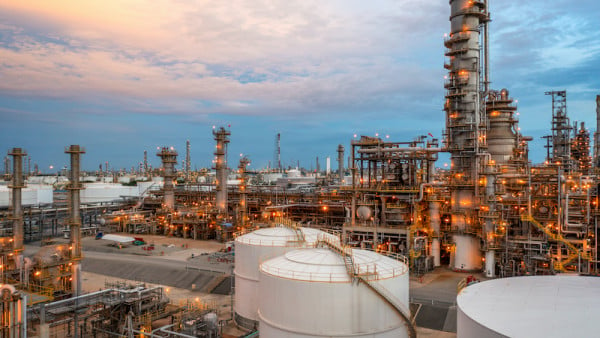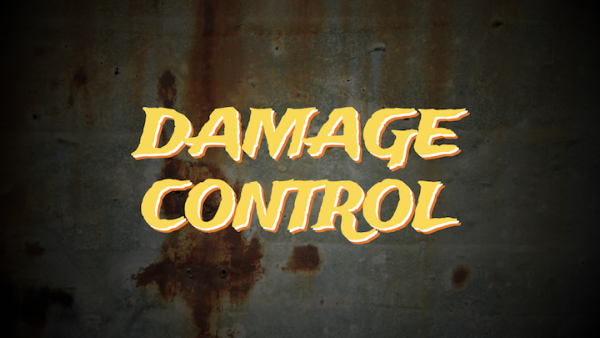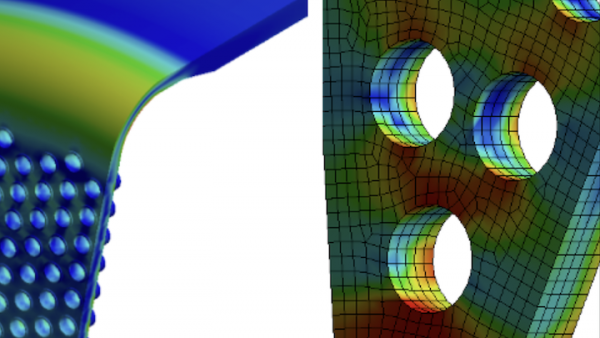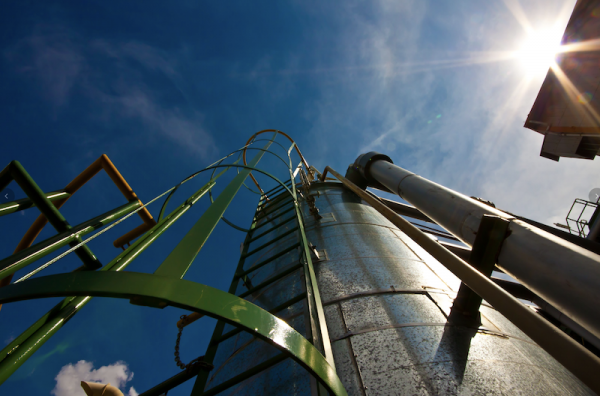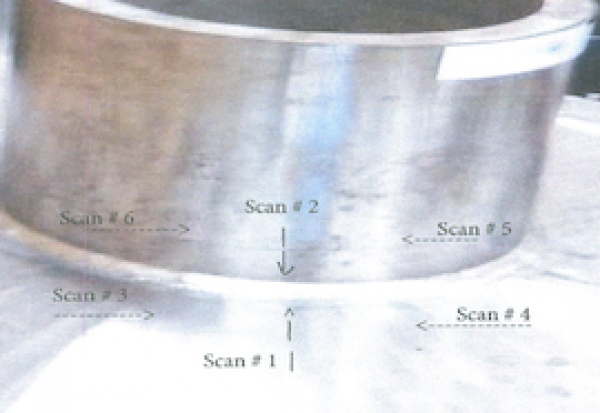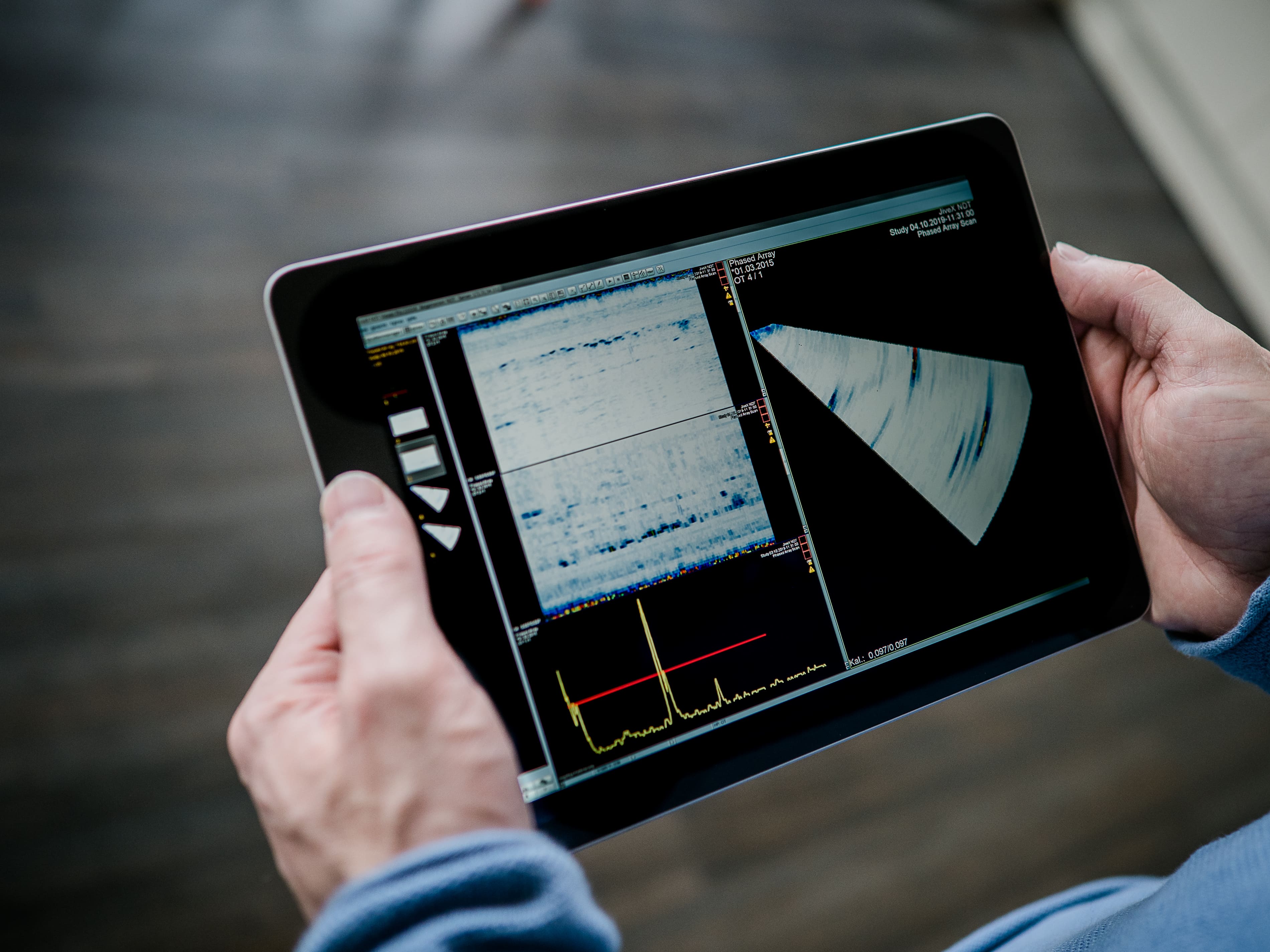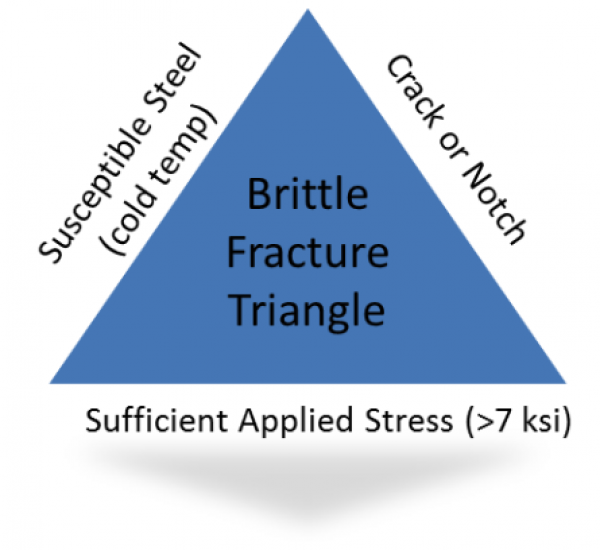ASME publishes and maintains an International Boiler and Pressure Vessel Code (BPVC) that establishes acceptable margins of safety. ASME Section VIII of the code is dedicated to pressure vessels. It gives detailed requirements for the design, fabrication, testing, inspection, and certification of both fired and unfired pressure vessels. It specifically refers to those pressure vessels that operate at pressures, either internal or external, that exceed 15 psig. The latest update was published in 2017.
Section VIII is divided into 3 sections, each of which cover different vessel specifications. Division 1 addresses the requirements for design, fabrication, inspection, testing, and certification. Division 2 provides requirements on materials, design, and nondestructive examination standards. Division 3 provides guidelines for pressure vessels operating at internal or external pressures above 10,000 psi. All 3 Divisions reference many other standards as outlined below.
ASME BPVC Section VIII, Div. 1
Division 1 largely contains appendixes, some mandatory and some non-mandatory, that detail supplementary design criteria, nondestructive examination techniques, and inspection acceptance standards for pressure vessels. It also contains rules that apply to the use of the single ASME certification mark with the U, UM, and UV designators.
Referenced ASME Standards - Division 1:
- 5 Standards from the B1 Series on screw threads
- 13 Standards from the B16 Series on pipe flanges and fittings
- 9 Standards from the B18 Series on hex bolts
- B36.10M: Welded and Seamless Wrought Steel Pipe
- B36.19M: Stainless Steel Pipe
- NQA-1: Quality Assurance Program Requirements for Nuclear Facilities
- PCC-1: Guidelines for Pressure Boundary Bolted Flange Joint Assembly
- PCC-2: Repair of Pressure Equipment and Piping
- PTC 25: Pressure Relief Devices
- QAI-1: Qualifications for Authorized Inspection
ASME BPVC Section VIII, Div. 2
Division 2 contains requirements for the materials, design, and nondestructive examination techniques for pressure vessels. Compared to Division 1, Division 2’s standards are far more rigorous, but allow for higher stress intensity values. The rules put forth in Division 2 can also apply to human occupancy pressure vessels, primarily in the diving industry. Like Division 1, Division 2 contains guidelines that apply to the use of the single ASME certification mark as it applies to the U2 and UV designators.
Referenced ASME Standards - Division 2:
- API 579-1/ASME FFS-1: Fitness-For-Service
- 3 Standards from the B1 Series on screw threads
- 9 Standards from the B16 Series on pipe flanges and fittings
- 4 Standards from the B18 Series on hex bolts
- B36.10M: Welded and Seamless Wrought Steel Pipe
- B36.19M: Stainless Steel Pipe
- NQA-1: Quality Assurance Program Requirements for Nuclear Facilities
- PCC-1: Guidelines for Pressure Boundary Bolted Flange Joint Assembly
- PTC 25: Pressure Relief Devices
- QAI-1: Qualifications for Authorized Inspection
ASME BPVC Section VIII, Div. 3
Division 3 provides rules that to pressure vessels that operate at pressures, either internal or external, exceeding 10,000 psi. Division 3 does not establish maximum pressure limits for either of the preceding Section VIII divisions, nor does it establish a minimum pressure limit for itself. Like the previous two divisions, it also provides rules that dictate the use of the single ASME certification mark with the U3 and UV3 designator.
Referenced ASME Standards - Division 3:
- API 579-1/ASME FFS-1: Fitness-For-Service
- 3 Standards from the B1 Series on screw threads
- 4 Standards from the B16 Series on pipe flanges and fittings
- 7 Standards from the B18 Series on hex bolts
- B36.10M: Welded and Seamless Wrought Steel Pipe
- B46.1: Surface Texture (Surface Roughness, Waviness and Lay)
- PTC 25: Pressure Relief Devices
- QAI-1: Qualifications for Authorized Inspection
Relevant Links
Topic Tools
Share this Topic
Contribute to Definition
We welcome updates to this Integripedia definition from the Inspectioneering community. Click the link below to submit any recommended changes for Inspectioneering's team of editors to review.
Contribute to Definition


